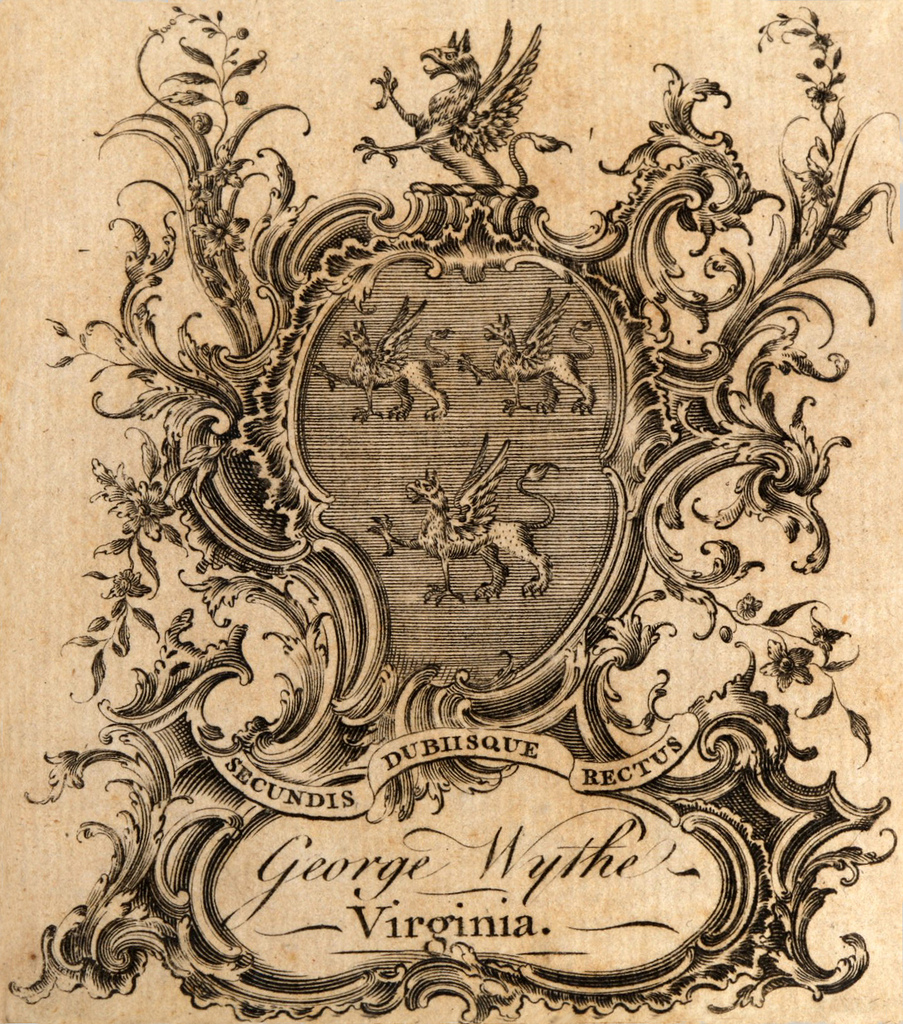Difference between revisions of "Works of the Reverend and Learned John Lightfoot"
(→by John Lightfoot) |
|||
| Line 18: | Line 18: | ||
|desc= | |desc= | ||
}} | }} | ||
| − | John Lightfoot was born Shelton, England, on March 29, 1602.<ref>Lightfoot, John. ''The Works of the Reverend and Learned John Lightfoot''. London:W.R. for Robert Scot, Thomas Basset, Richard Chiswell, 1684.</ref> He was born to a Vicar's family with his mother being a Gentlewoman. <ref>Ibid.</ref> He was educated at Christ College in Cambridge and Trinity College in Dublin, where he gained his, bachelor, doctorate, and masters degrees.<ref>Ibid.</ref> After his education, he joined the church and was first settled at Norton where he met Sir Rowland Cotton Knight who became his lifelong friend and patron.<ref>Ibid.</ref> For the next several years, Lightfoot would travel to London, Uttoxetar, Stone, and then back to | + | John Lightfoot was born Shelton, England, on March 29, 1602.<ref>Lightfoot, John. ''The Works of the Reverend and Learned John Lightfoot''. London:W.R. for Robert Scot, Thomas Basset, Richard Chiswell, 1684.</ref> He was born to a Vicar's family with his mother being a Gentlewoman. <ref>Ibid.</ref> He was educated at Christ College in Cambridge and Trinity College in Dublin, where he gained his, bachelor, doctorate, and masters degrees.<ref>Ibid.</ref> After his education, he joined the church and was first settled at Norton where he met Sir Rowland Cotton Knight who became his lifelong friend and patron.<ref>Ibid.</ref> For the next several years, Lightfoot would travel to London, Uttoxetar, Stone, and then back to London.<ref>Ibid.</ref> During his time in London, he became a Member of the Assembly of Divines at Westminster.<ref>Ibid.</ref> During this time, Lightfoot often disagreed and argued with his fellow members about various Church decisions and protocols. <ref>Ibid.</ref> Some of these decision included whether to preach on Christmas day, make Court consist of Lay Elders, and the election of Ministers by their parish.<ref>Ibid.</ref> In 1643, Lightfoot moved to the rectory of Much-Munden, at which place he stayed until his death.<ref>Ibid.</ref> In 1655, Lightfoot was chosen as Vice-Chancellor of the University of Cambridge.<ref>Ibid.</ref> |
==Evidence for Inclusion in Wythe's Library== | ==Evidence for Inclusion in Wythe's Library== | ||
Revision as of 15:03, 6 December 2018
by John Lightfoot
| Lightfoot's Works | ||
|
at the College of William & Mary. |
||
| Author | Reverend John Lightfoot | |
| Published | London: Printed by W. R. for Robert Scot, Thomas Basset, Richard Chiswell | |
| Date | 1684 | |
John Lightfoot was born Shelton, England, on March 29, 1602.[1] He was born to a Vicar's family with his mother being a Gentlewoman. [2] He was educated at Christ College in Cambridge and Trinity College in Dublin, where he gained his, bachelor, doctorate, and masters degrees.[3] After his education, he joined the church and was first settled at Norton where he met Sir Rowland Cotton Knight who became his lifelong friend and patron.[4] For the next several years, Lightfoot would travel to London, Uttoxetar, Stone, and then back to London.[5] During his time in London, he became a Member of the Assembly of Divines at Westminster.[6] During this time, Lightfoot often disagreed and argued with his fellow members about various Church decisions and protocols. [7] Some of these decision included whether to preach on Christmas day, make Court consist of Lay Elders, and the election of Ministers by their parish.[8] In 1643, Lightfoot moved to the rectory of Much-Munden, at which place he stayed until his death.[9] In 1655, Lightfoot was chosen as Vice-Chancellor of the University of Cambridge.[10]
Evidence for Inclusion in Wythe's Library
Wythe's copy owned by the Library of Congress.
